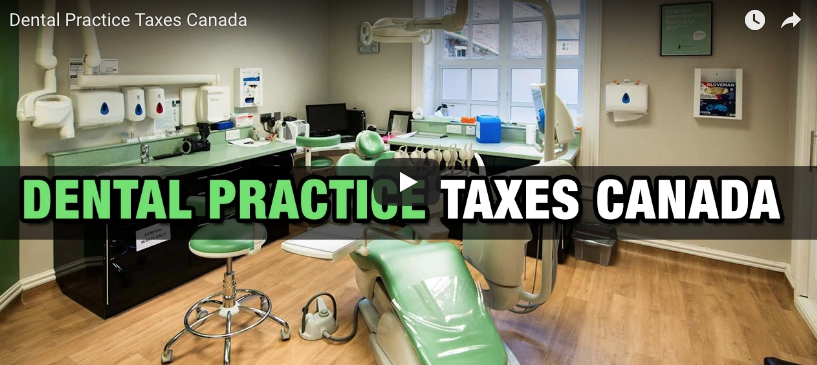Dental Practice Taxes Canada Watch Video
Allan Madan, CPA, CA

If you are a dentist and are concerned about structuring your tax affairs properly, then you must read this article. Read More…
Disclaimer
The information provided on this page is intended to provide general information. The information does not take into account your personal situation and is not intended to be used without consultation from accounting and financial professionals. Allan Madan and Madan Chartered Accountant will not be held liable for any problems that arise from the usage of the information provided on this page.




Hi….I have a situation and wanted to get your advice. two years back I started working as an associate and signed the contract with principal in my personal name ( in Ontario). Money/cheques comes in my name in my personal checking account. Last year I got myself (dental professional) incorporated (mid-year) but terms of my agreement did not change and money kept coming in my name in my personal account. Can I assume the income I collected personally…… as corporation’s income and file corporate tax return? or I cannot leverage corporate entity? rather have to file taxes as self employed?
Hi Pasha,
If they payment is to your personal name, you will have to report it on your personal tax return and you will not be able to leverage your corporation.
Best Regards,
Hi Allan,
I have a question on the taxable income. My wife just started dental practice she charged the customer $1000 however patient had 75% insurance coverage and receptionist did not ask for remaining 25% so now she should show 1000 (and other such cases in future|) as a revenue during filing the T2 return or 750?
Thanks in Advance
Hi Nayay,
Record $1,000 of revenues and a bad debt expense of $250.
Thank you responding to the question that i should record 1000 as sales and 250 as bad debts but my wife checked with her friends and they all are recording the sales as 750 as many dentists in Mississauga bill 1000 but charge on 80% from insurance company and waive off the remaining 200 (20%). is it a right practice?
Hi Nayay,
The net impact is the same, whichever method you choose.